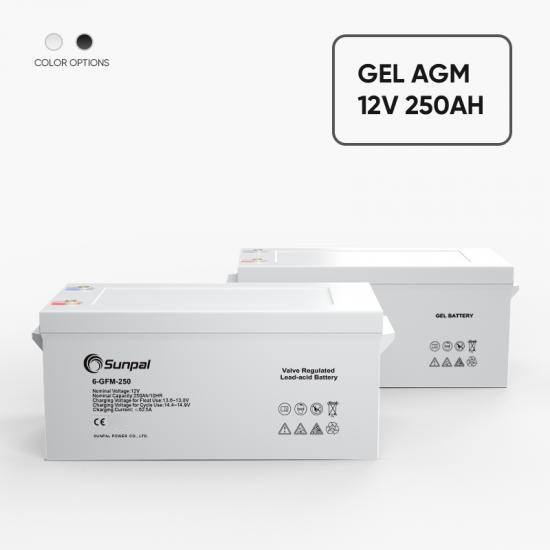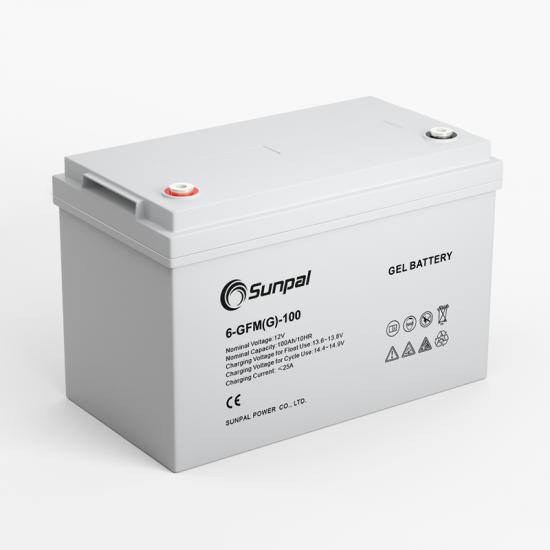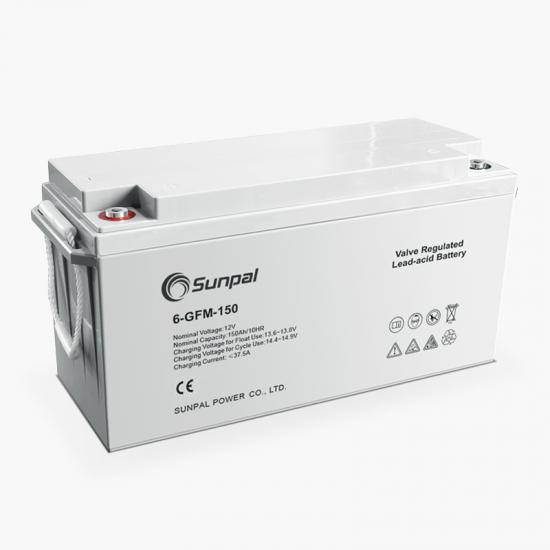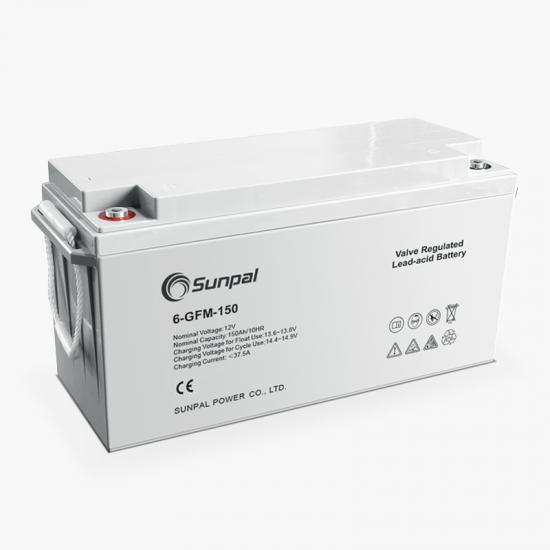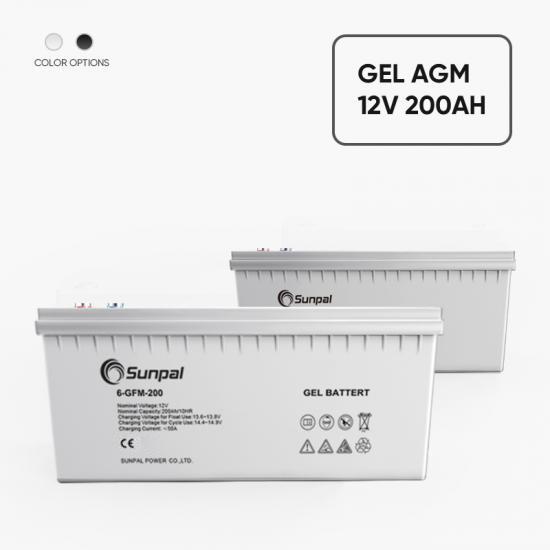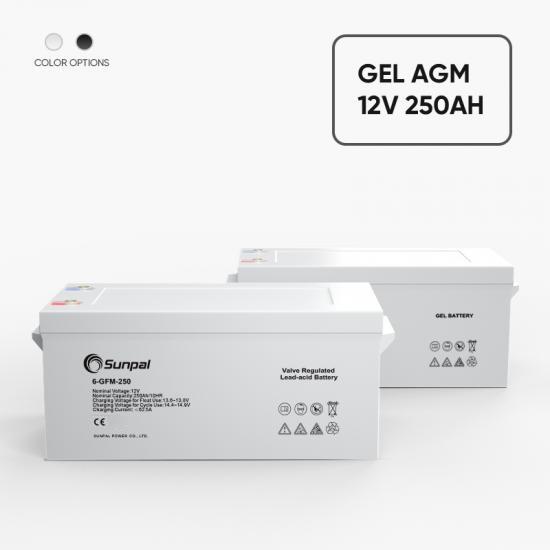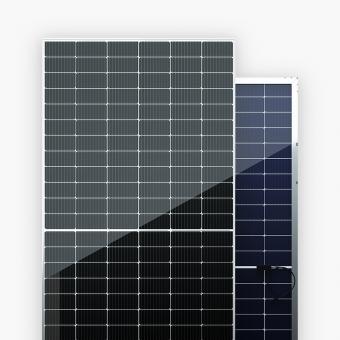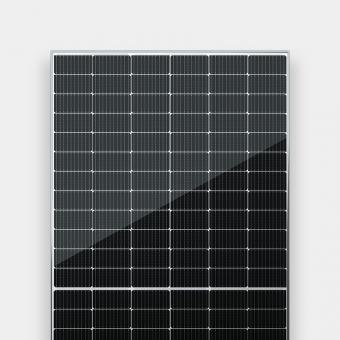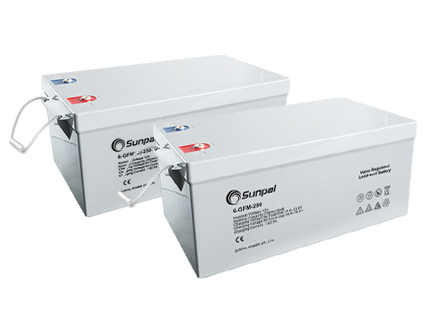 After the new battery is put into use, it must be charged and discharged regularly. The purpose of charging is to restore the capacity of the storage battery in time to meet the needs of electrical equipment. The purpose of discharging is to check the battery capacity parameters in time and promote the activation reaction of the electrode active material. The charging and discharging status of the battery will directly affect the electrical performance and service life of the battery. There are many ways to charge the battery. Choosing a scientific and reasonable charging method will greatly improve the maintenance effect of the battery.
After the new battery is put into use, it must be charged and discharged regularly. The purpose of charging is to restore the capacity of the storage battery in time to meet the needs of electrical equipment. The purpose of discharging is to check the battery capacity parameters in time and promote the activation reaction of the electrode active material. The charging and discharging status of the battery will directly affect the electrical performance and service life of the battery. There are many ways to charge the battery. Choosing a scientific and reasonable charging method will greatly improve the maintenance effect of the battery.
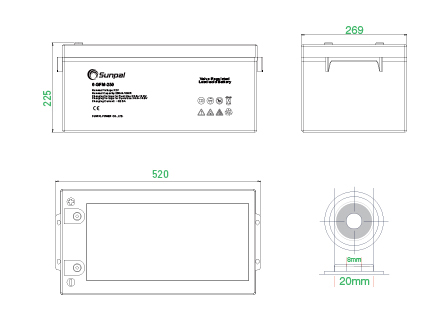 The charging of the valve-regulated lead-acid battery is to connect an external DC power supply to the battery for charging, so that electrical energy is converted into chemical energy for storage. Discharge is the release of electrical energy from the battery to drive external devices.
The charging of the valve-regulated lead-acid battery is to connect an external DC power supply to the battery for charging, so that electrical energy is converted into chemical energy for storage. Discharge is the release of electrical energy from the battery to drive external devices.
When VRLA battery charging reaches its peak, the charging current is only used to decompose the water in the electrolyte. At this time, the positive electrode of the battery produces oxygen, and the negative electrode produces hydrogen. The gas will overflow from the battery, causing the electrolyte to decrease, and water needs to be added from time to time.

12V 250AH solar battery meet certifications:
IEC 61215, IEC 61730, UL 61730
ISO 9001:2008: ISO Quality Management System
ISO 14001: 2004: ISO Environment Management System
OHSAS 18001: 2007 Occupational Health and Safety













